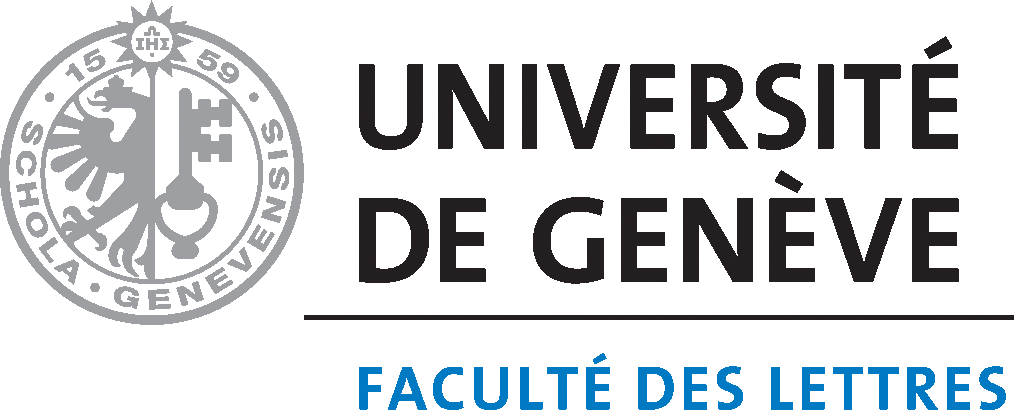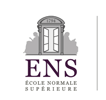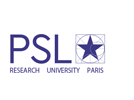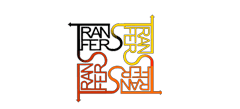Abstract
This paper compares maps of Eastern Europe, beginning from the map of Slavic lands by Josef Pavol Šafárik of 1842, and it claims that cartographic imagery has played a significant role in the legitimisation of the region’s collective identity. It argues that the adoption the map as a tool of art history, in order to spatialise and quantify the understanding of art, cannot bypass the postmodern critique of the map. It reflects on the overlap between the approaches and methods of critical cartography and critical art history, as well as on the mutual benefits of the visual turn in cartography and of the spatial turn in art history.
Recommended Citation
Murawska-Muthesius, Katarzyna. "Mapping Eastern Europe: Cartography and Art History." Artl@s Bulletin 2, no. 2 (2013): Article 3.






